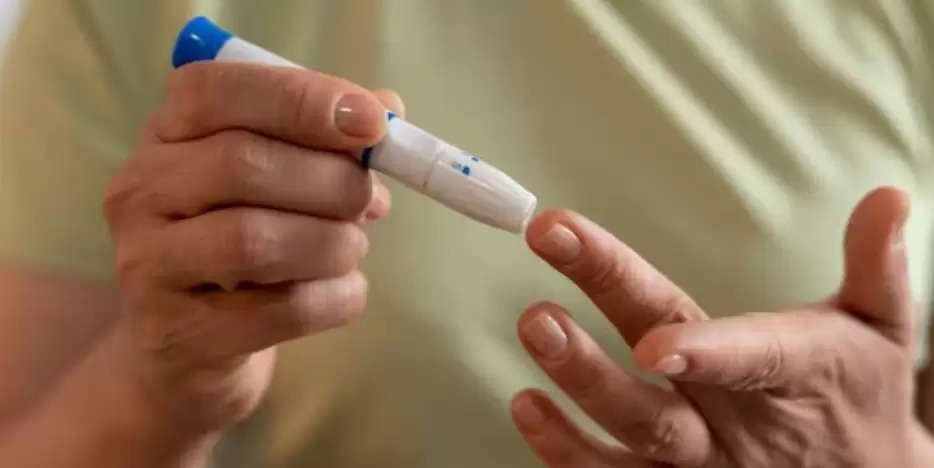Untreated diabetic patients in India: India has the highest number of diabetic patients without treatment, this has been said on the basis of a study published in ‘The Lancet’ medical journal. According to this research, an estimated 828 million adults (aged 18 and above) had diabetes in the year 2022. More than a quarter of these (212 million) lived in India, followed by China at 148 million, the United States at 42 million, Pakistan at 36 million, Indonesia at 25 million and Brazil at 22 million.
Study conducted in 200 countries
This study was conducted by the NCD Risk Factor Collaboration. It is a global network of health scientists that provides accurate and timely data on risk factors for non-communicable diseases for 200 countries and territories with the help of the World Health Organization (WHO).
Senior author Professor Majid Ezzati, of Imperial College London, said the study points to global inequalities in diabetes, with treatment rates stagnating in many low- and middle-income countries, where the number of adults living with diabetes is rising sharply.
Professor Majid Ezzati said: “This is worrying because people with diabetes in low-income countries are younger and due to the lack of effective treatment, they are at risk of life-long complications – including mutilation (loss of a body part). , including heart disease, kidney damage or vision loss or, in some cases, premature death.”
of this study According to , between 1990 and 2022, global diabetes rates will double in men (6.8% to 14.3%) and women (6.9% to 13.9%). The largest increases were seen in low- and middle-income countries, while some high-income countries, such as Japan, Canada, and some countries in Western Europe, such as France, Spain, and Denmark, saw no change in diabetes rates over the past three decades. , or even a slight decrease was observed.
Researchers said diabetes rates have almost doubled in both women and men in India. Among women, it increased from 11.9% in 1990 to 24% in 2022. Among men it increased from 11.3% to 21.4% during the same period. Comparatively, treatment coverage increased marginally for both genders. The incidence increased from 21.6% to 27.8% among women and from 25.3% to 29.3% among men between 1990 and 2022.





